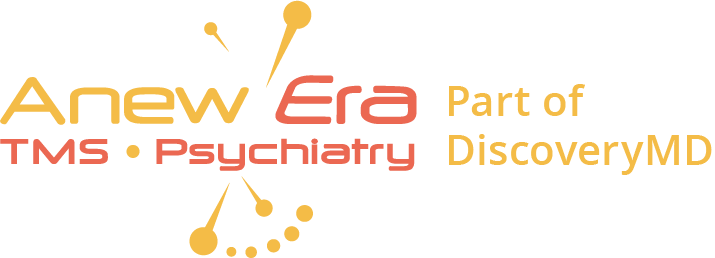The FDA Approval of Spravato: What it Means for Depression Treatment
In March 2019, the U.S. Food and Drug Administration (FDA) marked a significant milestone in the field of mental health by granting approval to esketamine nasal spray, marketed as Spravato®, for the treatment of treatment-resistant depression (TRD) and depressive symptoms in adults with major depressive disorder (MDD) accompanied by suicidal thoughts or actions. Esketamine, the S-enantiomer of ketamine, has a long history of use in medical settings, primarily as a dissociative anesthetic. This groundbreaking approval has brought renewed hope for individuals battling the most severe forms of depression.
Understanding Treatment-Resistant Depression (TRD)
Treatment-resistant depression is a complex condition that challenges both patients and healthcare providers. It is characterized by a lack of response to two or more different antidepressant medications, leaving individuals in a persistent state of emotional anguish. Current estimates suggest that 30-40% of people diagnosed with MDD fall into this category, making it a pervasive and daunting issue in the realm of mental health.
The Enigmatic Mechanism of Esketamine
Esketamine’s mechanism of action is not fully understood, but researchers believe it works by rapidly increasing the levels of glutamate, a neurotransmitter critical for mood regulation. Unlike traditional antidepressants that often take weeks to yield noticeable effects, esketamine offers a glimmer of hope by acting rapidly to alleviate symptoms, particularly in those who have exhausted other treatment options.
Administration and Treatment Protocol
Esketamine is administered as a nasal spray within a healthcare setting under the watchful eye of a trained healthcare professional. The typical protocol consists of two doses per week for the first four weeks, followed by a reduced regimen of one dose per week for another four weeks. Beyond this initial phase, patients may continue to receive esketamine on a maintenance basis as deemed necessary by their healthcare provider.
Navigating the Side Effects and Risks
Like many medications, esketamine comes with its set of side effects, albeit typically mild and transient. These include dissociation, dizziness, nausea, vomiting, headache and sedation. Fortunately, they tend to resolve within hours of administration.
However, it’s essential to be aware of potential risks. Esketamine can temporarily elevate blood pressure and heart rate. It may also induce dissociation, which can impair judgment and coordination. Furthermore, esketamine is classified as a controlled substance due to its potential for misuse and abuse.
The Implications of FDA Approval
The FDA’s approval of esketamine represents a pivotal moment in the field of depression treatment. It marks the first approval of a novel antidepressant in decades and brings new hope to individuals who
have faced persistent depressive symptoms without relief from traditional treatments. This development not only expands the arsenal of available treatments but also signifies a shift toward more innovative and effective approaches to mental health.
A Comprehensive Treatment Approach
While esketamine offers a promising avenue for treatment, it is essential to recognize that depression management often requires a multifaceted approach. A sample treatment plan for depression might include the following components:
•Medication:
Esketamine nasal spray may be used in conjunction with oral antidepressants, tailored to the individual’s condition, to address TRD or depressive symptoms in adults with MDD accompanied by suicidal thoughts or actions.
•Therapy:
Psychotherapy, such as cognitive-behavioral therapy (CBT), can be invaluable in helping individuals with depression identify and modify negative thought patterns and behaviors that contribute to their condition. Combining therapy with medication can often yield the best results.
•Lifestyle Changes:
Incorporating healthy lifestyle changes can complement medical and therapeutic interventions. Regular exercise, a balanced diet and adequate sleep can contribute significantly to mood improvement and the reduction of depressive symptoms.
If you are grappling with depression, it is crucial to engage in open and honest discussions with your healthcare provider to explore all available treatment options, including esketamine, especially if you have TRD or are experiencing depressive symptoms with suicidal thoughts or actions. Remember, there is hope, and new breakthroughs like esketamine offer a ray of light for those on the path to recovery. Are you a loved one struggling with treatment-resistant depression? Reach out to a professional at Anew Era TMS & Psychiatry today.





